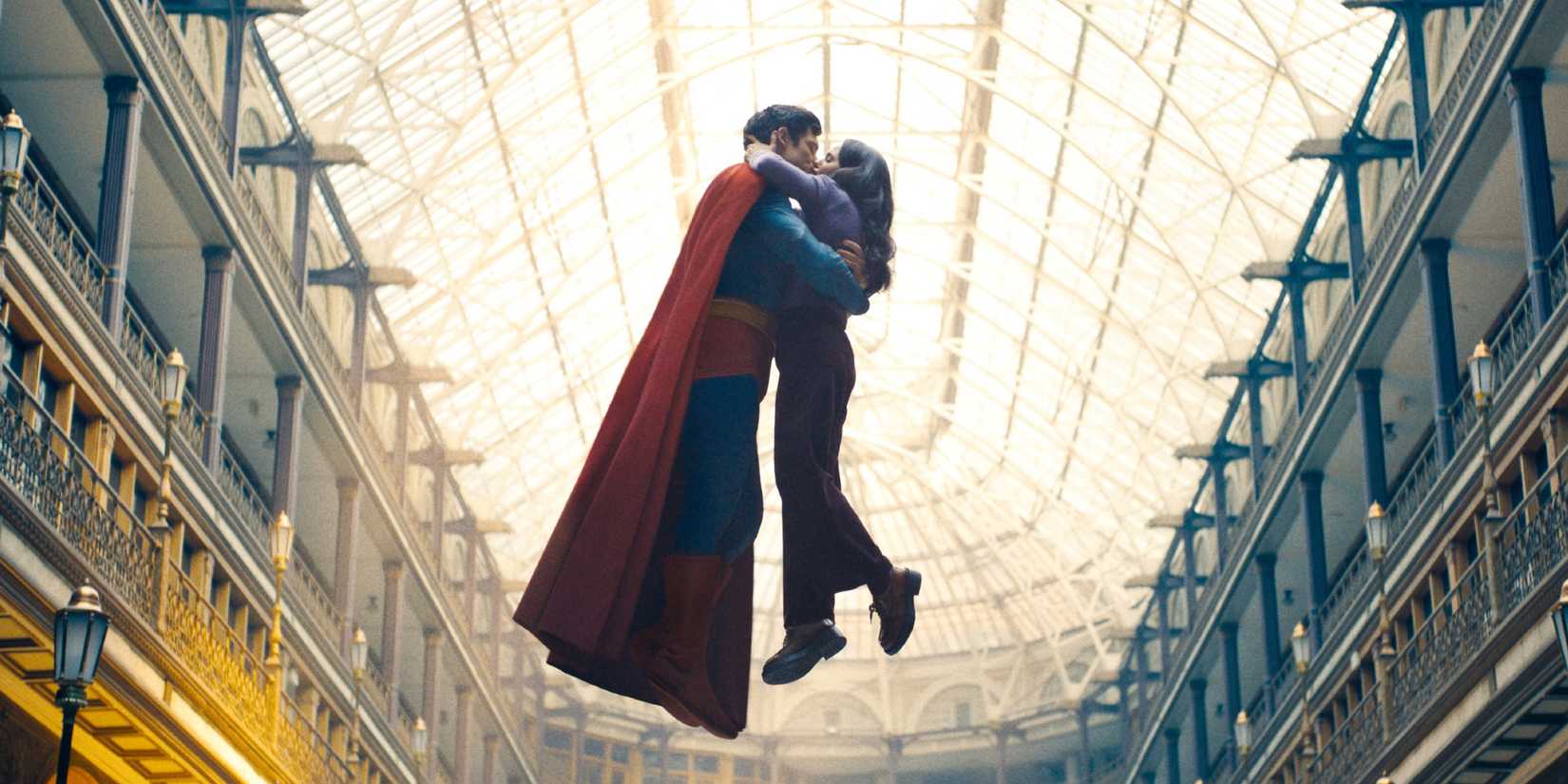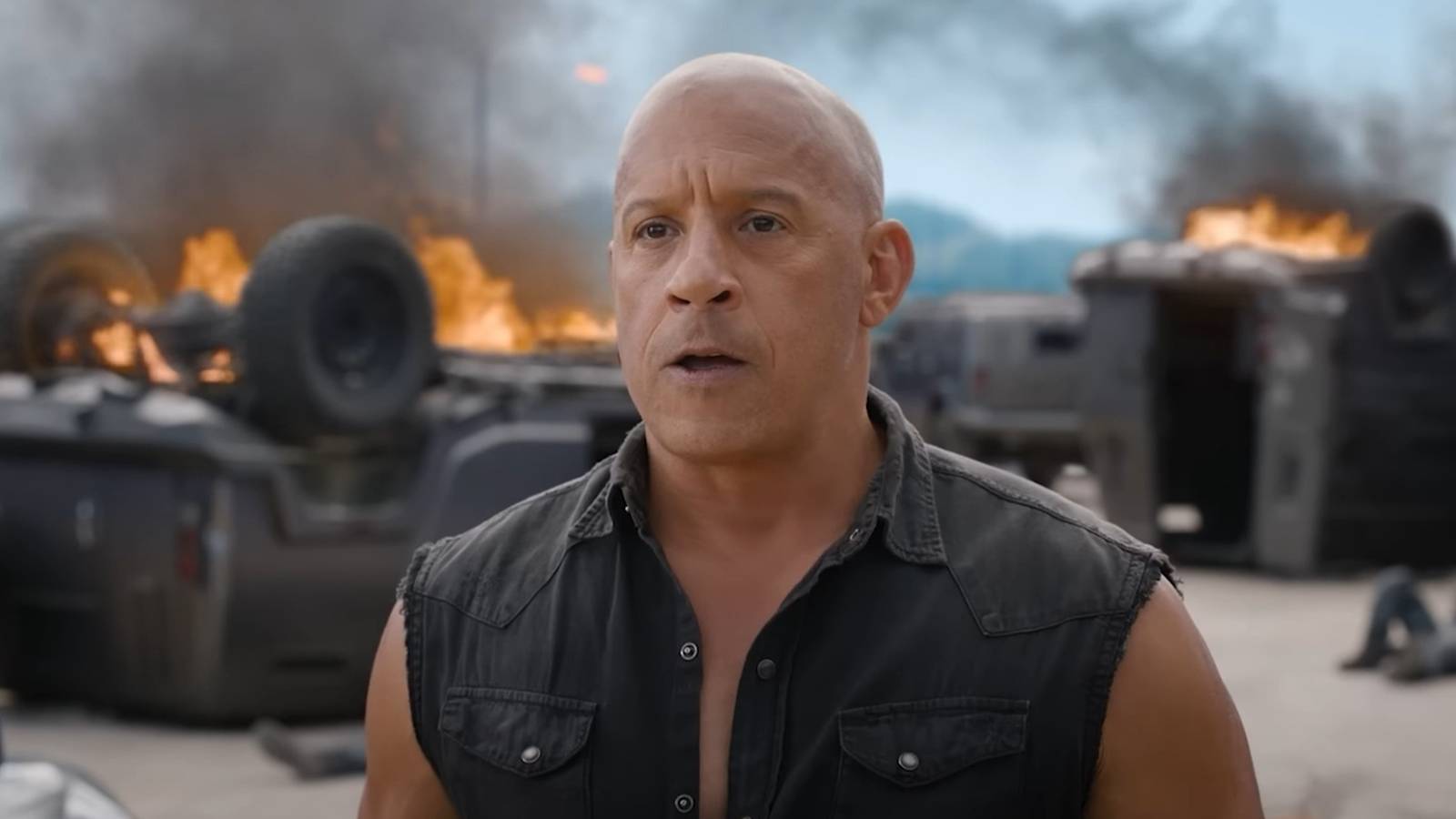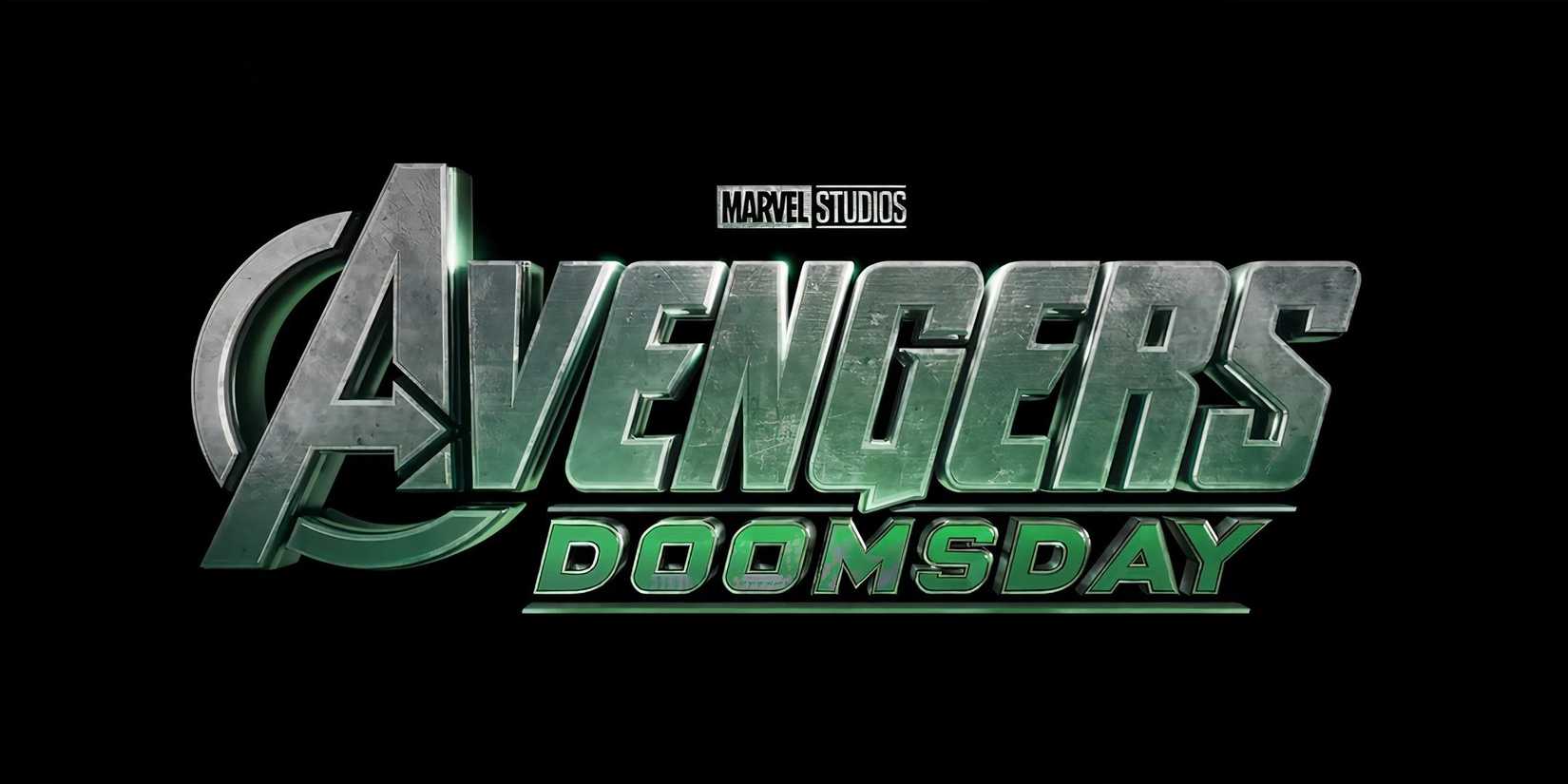If you’re searching for a new WW2 film that combines gripping action with a love for the fine arts, look no further than Burt Lancaster’s criminally underrated The Train. Released in 1965, this thriller centers around a ragtag group of French resistance fighters as they race to stop a train carrying France’s greatest works of art before it arrives in Nazi Germany.
Though Hollywood has touched upon the Nazis’ grand theft of art before in films like George Clooney’s The Monuments Men and Steven Spielberg’s Raiders of the Lost Ark, rarely are the stakes as cut and dry as they are in The Train, which is considered to be one of the best war films of the 60s. Here, the fate of priceless French masterpieces lies in the hands of a few underdogs who must shield the paintings from both the Nazis and from Allied bombardment, lest they be lost to history. With a high-stakes, make-or-break plot like that, it’s no wonder that The Train is regarded as one of the most unsung World War 2 movies.
Burt Lancaster’s The Train Is One Of Cinema’s Most Underrated WW2 Movies
It Was One Of The First Films About Nazi Art Theft
The Train follows German Colonel Franz Von Waldheim, a Nazi distinguished from his fellow officers for his appreciation of “degenerate art,” whose menacing performance by Paul Scofield makes him one of the best war movie villains by far. In the final days before the Allies liberate Paris, Waldheim secures a train to transport some of France’s finest paintings from the Jeu De Paume Museum back to Germany, leading curator Mademoiselle Villard (Suzanne Flon) to reach out to French Resistance leader Paul Labiche (Burt Lancaster) to get the artworks back.
Though Labiche initially opposes the mission, saying he “won’t waste lives on paintings,” he changes his mind after the Nazis execute his friend and mentor, Papa Boule (Michel Simon), for sabotaging the train’s engine. Through a complicated scheme, the Resistance members attempt to reroute the train back to Paris before encountering blocked rail lines, German soldiers, and even the threat of Allied bombardment. Eventually, Labiche is forced to continue the mission alone, determined to sabotage the train and protect the paintings—or die trying.
Why The Train Still Holds Up Today
The Train Was A Pioneer Of The Reluctant War Hero Trope
Though we’ve been graced with such films as Saving Private Ryan, whose protagonist unwillingly embarks on his mission but accomplishes it nonetheless, in the decades since the release of The Train, it’s important to remember that the trope of the reluctant war hero wasn’t always as popular as it is today. Sure, the trope of the hero rejecting his/her call to action is commonplace, as Joseph Campbell brilliantly highlighted in his book Hero’s Journey, which has influenced the plots of numerous films; however, that rejection usually revolves around the hero’s fear or apprehension, not their dislike of the quest itself.
What makes Labiche’s character so compelling in The Train is this reluctance, since it’s as much of an obstacle to the mission as Waldheim and the Nazis are.
In contrast, Labiche initially abhors the idea of retrieving the art, dismissing the notion of paintings as more important than human lives as untenable. What makes Labiche’s character so compelling in The Train is this reluctance, since it’s as much of an obstacle to the mission as Waldheim and the Nazis are. In the end, Labiche is able to put aside those doubts and dedicate his life to protecting not just France’s prized artworks, but also their culture.





